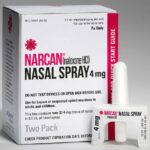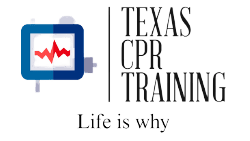Narcan

Introduction:
Narcan, also known as naloxone, is an opioid antagonist that can quickly reverse the effects of an opioid overdose. It has gained widespread attention as the opioid epidemic has continued to take lives across the United States. Narcan is a powerful tool in the fight against opioid overdose deaths, but it also raises many questions and concerns. This paper will explore the history, effectiveness, and controversies surrounding narcan.
History:
Narcan was first approved by the FDA in 1971 as a prescription medication to be administered by healthcare professionals in emergency situations. It was designed to quickly reverse the effects of heroin overdose. In the 1990s, the use of naloxone expanded to include the treatment of overdoses caused by prescription opioids.
Effectiveness:
Studies have shown that naloxone is highly effective in reversing opioid overdoses when administered properly. According to the National Institute on Drug Abuse, naloxone administration leads to a 90% reduction in opioid-related deaths. Narcan is available in various forms, including an injectable version and a nasal spray. The nasal spray, in particular, has made it easier for non-medical professionals, such as family members or first responders, to administer the drug when necessary.
Controversies:
Despite its effectiveness, the use of narcan has been controversial. One criticism is that the availability of naloxone could lead to increased drug use. Some argue that knowing narcan is readily available may encourage drug users to take greater risks with their drug use. Another criticism is that the use of narcan only treats the symptoms of opioid addiction and does not address the underlying problem of addiction itself. Additionally, narcan administration can be costly, and there are concerns that insurance companies may not cover its cost.
Conclusion:
Narcan has proven to be a valuable tool in reversing opioid overdoses and saving lives. While controversy exists surrounding its use, its effectiveness cannot be denied. As the opioid epidemic continues to take lives, the availability of narcan is more critical than ever. However, it is important to address the underlying problem of addiction and to continue to research and develop comprehensive solutions to combat the opioid epidemic.
References:
Centers for Disease Control and Prevention. (2020). Opioid Overdose. Retrieved from https://www.cdc.gov/drugoverdose/index.html
National Institute on Drug Abuse. (2020). Naloxone DrugFacts. Retrieved from https://www.drugabuse.gov/publications/drugfacts/naloxone
Schnell, M., Boyer, E. W., Kellogg, A., & Biddinger, P. D. (2019). The Dangers of Legalizing Naloxone Access Without Prescription. Journal of Addictive Diseases, 37(3-4), 225-231. doi: 10.1080/10550887.2019.1638596.
www.texascpr.com for additional topics
